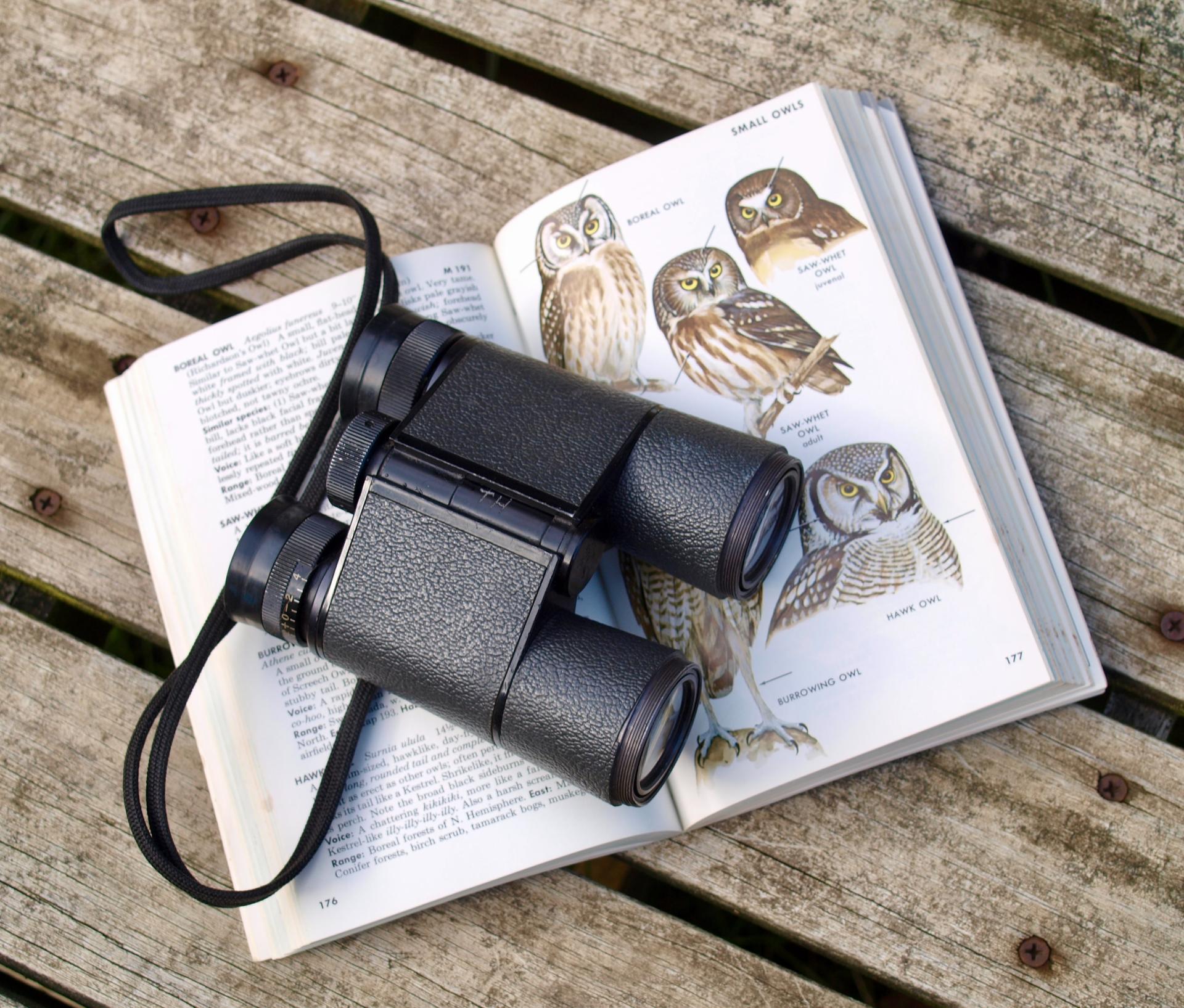You are here
Be a Better Gardener: For the Birds
Be a Better Gardener: For the Birds
By Thomas Christopher
The color and life birds bring to my landscape are among the greatest joys of my gardening. Admittedly, I don’t know much about what I am seeing. That’s in the process of changing, though, thanks to the Cornell Lab of Ornithology.
Dr. Emma Greig, the head of the Lab’s Project FeederWatch, described to me recently the many resources that the Lab offers to interested gardeners such as myself. There is for example, “Merlin,” the Lab’s “Bird ID Wizard.” Download this free app to your phone and the identity of any bird you spot and its life history is literally in your hands. Snap a photo, and this amazing software will match it with photos in the Lab’s own collection, returning to you the most likely candidates for your location and time of year. Even if you can’t see the bird, Merlin can help: use your phone to send it a recording the songs that are filling your garden, and the app will tell you which species are the songsters. Once you’ve identified the birds, Merlin can supply you with life histories, and even alert you to birds to watch for, species that may be migrating through your region at that particular season.
That’s only the beginning, adds Dr. Greig. On the Lab’s website (birds.cornell.edu/home) you’ll find a host of other resources. There’s the “Bird Academy” for example, which offers a rich variety of reasonably priced online courses about different aspects of bird watching and focuses on the lives of individual birds. There’s even a course on gardening for birds, an introduction to making your garden more bird friendly with help on determining on native plants appropriate to your region.
Garden birds are not just fascinating in themselves, they are, according to Dr. Greig, powerful “connectors.” That is, your study of birds will lead to a greater acquaintance with the overall ecology of your landscape. When, for example, you move beyond providing a bird feeder (and the Lab’s website will help you do that in a manner safe for the birds) to planting fruiting shrubs and other vegetation that feeds the birds naturally, you begin to understand the connection between wildlife and the local plant community.
Soon you will be learning about the plants that foster other aspects of the birds’ life cycles, plants that provide safe resting places and habitat in which to nest and raise their chicks. You’ll come to understand that native insects are not a threat to your garden but rather essential elements in the food chain – 96 percent of terrestrial birds depend on insects, especially caterpillars, to feed their young. Such discoveries will extend your understanding of other wildlife and its interactions with your landscape. The knowledge of ecology birds provide will surely change your attitude toward the potential of your landscape and how to care for it.
As you learn more about your local birds, you may want to share your new-found knowledge. Indeed, adds Dr. Greig, that’s one of the purposes of the Lab’s outreach, to gather observations from the public to deepen the understanding of the bird world its scientists are assembling. Dr. Greig’s program, for example, Project FeederWatch, enrolls bird watchers across North America as citizen scientists to observe what kinds of birds, and in what numbers, visit their landscapes from November through April of every year. This data provides scientists with a dynamic picture of winter bird ranges, and changes over time in bird populations. A consistent decline in wintertime visits by a particular bird species over an extended region, for instance, can prompt environmental managers to explore what factors are having a negative impact on that bird and how the situation can be improved. The information from individual bird watchers also informs scientists about the features within a landscape that attract birds. In return, Project FeederWatch also educates participants about how to maintain their feeders so that they don’t spread avian diseases.
There are many other opportunities to become involved with the work of the Cornell Lab of Ornithology and to educate yourself with its resources. One path to both these goals is to become a member. Annual dues begin at just $39 for individuals, and all levels of support bring a subscription to Living Bird, a quarterly magazine about bird ecology with features about individual bird species, developments in bird science, and opportunities for bird watching, as well as spectacular bird photography.
To learn more about the Cornell Lab or Ornithology and the opportunities it offers to gardeners, join my conversation with Dr. Emma Greig on the Berkshire Botanical Garden’s Growing Greener podcast, available at the Botanical Garden’s website, berkshirebotanical.org.
Be-a-Better-Gardener is a community service of Berkshire Botanical Garden, located in Stockbridge, Mass. Its mission, to provide knowledge of gardening and the environment through a diverse range of classes and programs, informs and inspires thousands of students and visitors each year. Thomas Christopher is a volunteer at Berkshire Botanical Garden and is the author or co-author of more than a dozen books, including Nature into Art and The Gardens of Wave Hill (Timber Press, 2019). He is the 2021 Garden Club of America's National Medalist for Literature, a distinction reserved to recognize those who have left a profound and lasting impact on issues that are most important to the GCA. Christopher’s companion broadcast to this column, Growing Greener, streams on WESUFM.org, Pacifica Radio and NPR and is available at berkshirebotanical.org/growinggreener.
Help Our Garden Grow!
Your donation helps us to educate and inspire visitors of all ages on the art and science of gardening and the preservation of our environment.
All Donations are 100 percent tax deductible.


